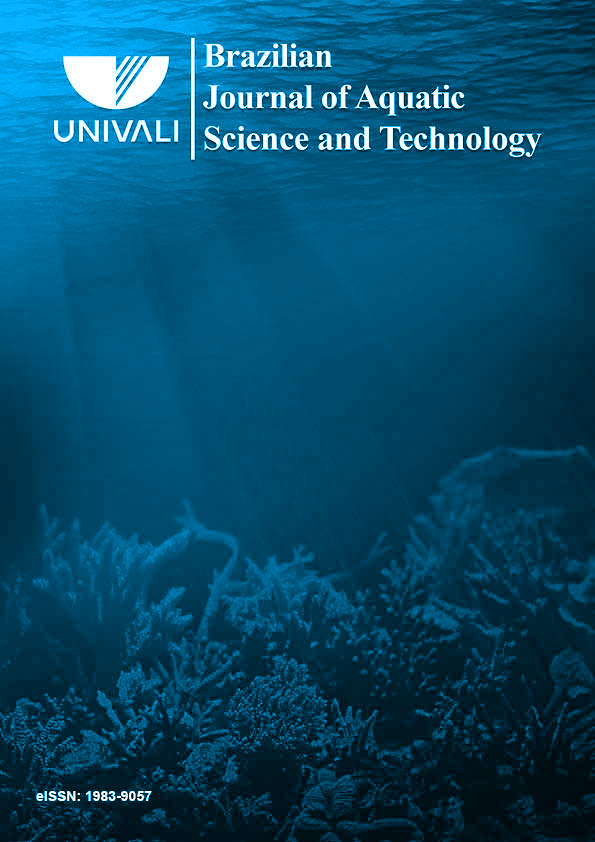

Biomonitoring with the use of benthic macroinvertebrates has been an effective tool used to evaluate water quality in several water bodies. In this context, there are several factors that can act on the structure of macroinvertebrate commuinities, with indications of the influence of aquaculture. Therefore, the present study evaluated the composition of macroinvertebrate populations in two earthen ponds of a fish farm in Londrina-PR. Three collections were carried out: in October of 2015 and February and July of 2016, with the use of artificial biocolectors. The macroinvertebrates were quantified and identified, and diversity indexes were calculated with the data obtained. Higher number of taxa, higher number of individuals and greater diversity and uniformity in macroinvertebrate communities were found in pond 1 (water entrance), due mainly to the presence of taxa tolerant or resistant to organic pollution, which may be related to the higher concentration of nutrients and organic matter in this pond. However, in pond 2 (water outlet), individuals of Polycentropodidae (Trichoptera) were found in all collections, in addition to a low abundance of taxa that would indicate organic enrichment, demonstrating better water quality. Furthermore, greater abundance and diversity were observed in the months with higher level of precipitation. From the perspective of aquaculture, the results found in pond 1 can be used as indicative of greater productive potential, however, the low frequency of taxa typical of clean environments may indicate low oxygen levels.These results demonstrate that the position of the pond relative to the water source in a fish farm can influence the water quality, which can be verified through the structure of the benthic macroinvertebrates communities.






Environmental Sciences, Aquatic and Coastal Environments.
BJAST adopts the policy of continuous publication of articles. Therefore, whenever a manuscript is approved for publication, it will be immediately available for reading.

